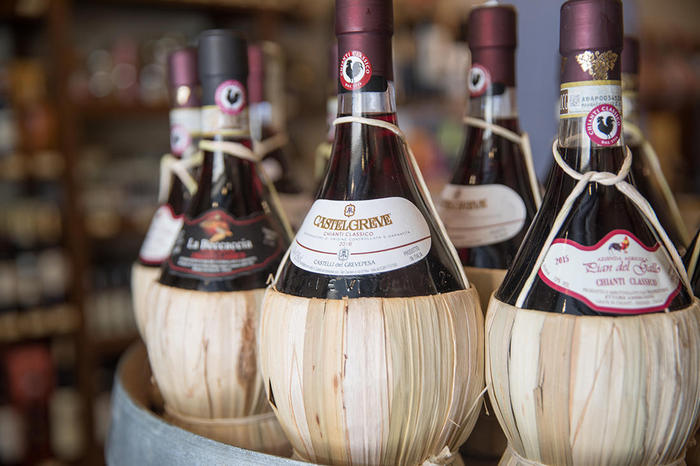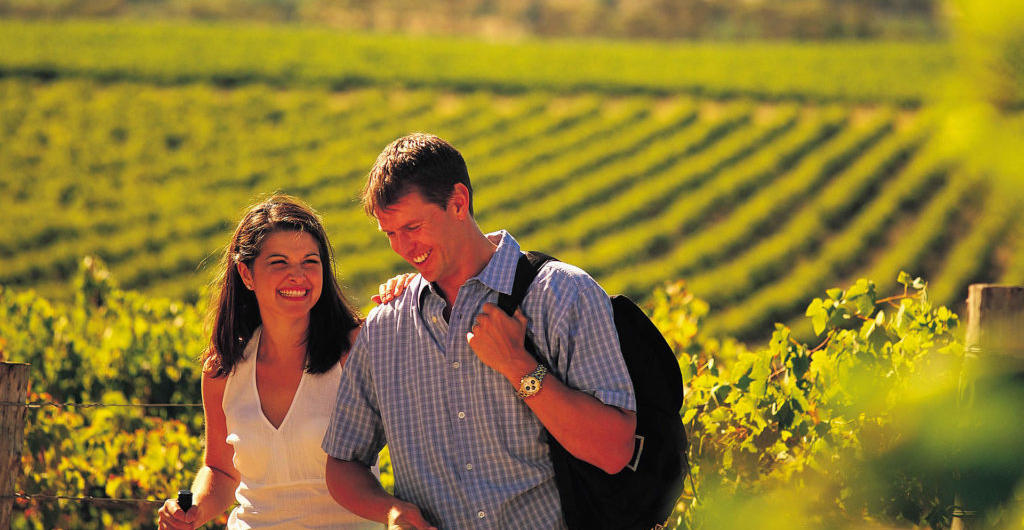Welcome to Chianti, Wine Region of Tuscany
Introduction
Situated between Florence and Siena there is a third city, known as Chianti. This third city is formed of castles, fortress, towers, farms, Romanesque churches, rectories and chapels.
The vineyards in this picturesque part of Tuscany produce the grapes used in namesake Chianti and Chianti Classico: world-famous reds sold under the Gallo Nero (Black Cockerel/Rooster) trademark. It’s a landscape where you’ll encounter historic olive groves, honey-coloured stone farmhouses, dense forests, graceful Romanesque pievi (rural churches), handsome Renaissance villas and imposing stone castles built in the Middle Ages by Florentine and Sienese warlords.

Though now part of the province of Siena, the southern section of Chianti (Chianti Senese) was once the stronghold of the Lega del Chianti, a military and administrative alliance within the city-state of Florence that comprised Castellina, Gaiole and Radda. Chianti’s northern part sits in the province of Florence (Chianti Fiorentino) and is a popular day trip from that city.
The major wine and administrative centres are Greve in Chianti, Castellina in Chianti and Radda in Chianti.
Extending from the river Arno in the north to the Ombrone in the south, thus between the two centres of Florence and Siena, the exact Chianti region is formed by a vast expanse of attractive gentle hills alternating with occasional areas of bare limestone, crossed by deep river valleys that, here and there, have created small flood plains (such as, for example, those made by the rivers Greve, Pesa and Elsa).
The countryside is partly agricultural and partly wooded, verdant and skilfully cultivated by centuries of labour.
This light, open landscape is perfectly bordered by soft slopes and the undulating profile of hills and mountains such as the delightful Chianti hills, reaching their greatest height with Monte San Michele (893 metres), and then extending down to the red hills of Siena and further on to the lunar landscape of the “crete”.
Today, this part of Tuscany covers about 70,000 hectares. Two thirds of this is still covered in oak woods, as well as chestnuts trees and conifers, where boar, hares, deer and pheasants live; the soil of entire area drains over stone and rock and is therefore clean and dry, well suited to the cultivation of vines and olives.

Long ago that Tuscan miracle known as Chianti wine originated here, and with that same name appeared in documents as early as the 14th century.
Traditionally the boundaries of this region coincide with those of the area of wine production and consequently, on the whole, the limitations established in a grand-ducal proclamation of 1716 are still respected today.
The Wine Harvest
Grape harvesting in the countryside became a real wine festival, with great suppers prepared by the labourers’ families followed by parties and dancing. It took days to gather the bunches of grapes and separate the wine grapes from those to be used for the Vin Santo, which were left to dry on rush mats raised on a structure of sticks.
Modern-day tourists who generally have little time to spare but many interests to satisfy can choose between culture, visits to museums, excursions in the countryside, shopping at farms, village fairs – there are so many different ways to enjoy the region as there are reasons for its popularity.
Town and Areas to Visit
• San Casciano Val di Pesa
• Tavernelle Val di Pesa
• Castellina in Chianti
• Radda in Chianti
• Greve in Chianti
• San Gimignano
• Panzano
• San Miniato
• Montalcino
• Buonconvento
• Colle Val d’Elsa
• Monteriggioni
• Volterra
Chianti D.O.C.G.
The C. Consortium was formed by the wine producers of the provinces of Arezzo, Florence and Siena and today has some 2000 producers of Chianti Classico, the finest of all Chianti wines. In fact, two Consortia actually exist, the “Consorzio di Marchio Storico” (Historic Brand) and the “Vino Chianti Classico”; the former has the task of promoting the brand in Italy and abroad while the letter is responsible for inspecting and protecting the designation.

The Chianti DOCG (appellation controllée e garantée) is now produced in an area covering the provinces of Siena, Florence, Arezzo, Pistoia, Prato and Pisa. The basics grapes of Chianti production are Sangiovese (75-100%), Canaiolo (up to 10%), Trebbiano and Malvasia (up to10% and up to 6% for “Classico”, with the addition of red grapes to a limit of 10% and of 15% for “Classico”.
The wine is ruby red in colour, tending towards a garnet shade with age, and has a harmonious, dry and full flavour which is slightly tannic, with an intense perfume similar to that violets.
Some Chiantis can be drunk young when the wine is fresh and pleasant to the palate, but other areas are known and appreciated for their improvement with medium to long-term aging which matures the singular colour, perfume and flavour.

Any questions? Write us


Comments